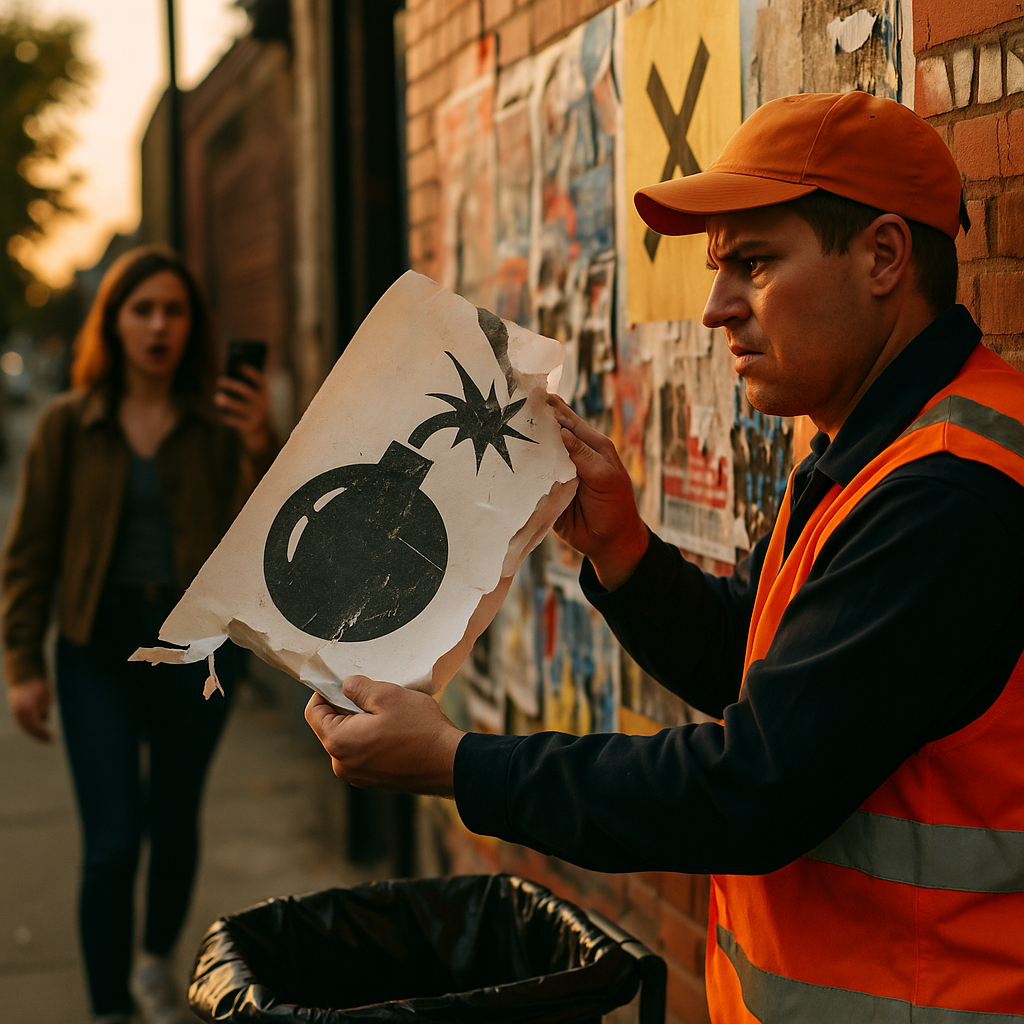When a guerrilla marketing stunt backfires, the fallout can be immediate and lasting. This post-mortem examines how one bold campaign designed to spark buzz led instead to public backlash. Explore the mechanics of guerrilla marketing fails, what went wrong, and how brands can learn from costly mistakes like these to protect reputation and results.
How Guerrilla Marketing Stunts are Designed to Go Viral
Guerrilla marketing stunts are unconventional, surprising campaigns crafted to generate maximum exposure with minimal spend. Brands often use these tactics to break through noise and create viral moments, leveraging surprise and creativity to encourage organic sharing. When successful, they yield rapid brand awareness and social media traction, sometimes even leading to industry accolades or a surge in sales.
In 2025, with consumers overwhelmed by ads, marketers increasingly seek memorable, disruptive approaches. Guerrilla campaigns typically rely on:
- Unexpected locations or formats: Ads in public places or everyday environments.
- Interactivity: Inviting audience participation for deeper engagement.
- Shareability: Elements designed for social media virality.
- Shock value: Using surprise or even provocation to grab attention.
But the fine line between clever and controversial can cause unexpected consequences.
The Anatomy of a Backfired Guerrilla Marketing Campaign
Backfired guerrilla campaigns often share common traits. Despite careful planning, the desire to generate instant buzz can overshadow proper risk assessment. A classic recent example saw a global beverage brand attempt a public “pop-up emergency” installation. Intended to raise awareness for water scarcity, the display was perceived as insensitive, trivializing a genuine humanitarian crisis.
Analytics platforms recorded a 63% increase in negative brand mentions within the first 48 hours. Social listening tools highlighted three key reasons for backlash:
- Mismatched messaging: Audiences viewed the campaign as tone-deaf.
- Lack of context: Viewers unfamiliar with the cause felt manipulated.
- Unintended consequences: Viral negative sentiment overshadowed the intended message.
Such failures can rapidly escalate on digital platforms, where outrage spreads fast and reversals are challenging to execute.
The Role of Audience Insight in Preventing Marketing Fails
Understanding your audience is the cornerstone of effective guerrilla marketing. Brands that don’t ground their campaigns in robust audience research risk misalignment. Marketers today use advanced data analytics, AI-driven sentiment tracking, and predictive behavioral modeling to anticipate reactions. Yet, these tools aren’t foolproof without human oversight and empathy for audience sensitivities.
Key steps for brands to avoid pitfalls:
- Conduct focus groups and pre-launch testing in diverse segments.
- Review cultural, political, and social context with trained experts.
- Establish rapid feedback mechanisms for real-time monitoring post-launch.
Evidence from 2025’s AdWeek Brand Sentiment Index shows campaigns that integrated live consumer feedback reduced reputational risk by up to 48%.
Crisis Management: How Brands Recover from Marketing Stunt Failures
Even with thorough preparation, some guerrilla campaigns may still misfire. Effective crisis management is vital to mitigate damage. The first 24 hours are crucial: silence or deflection typically worsens consumer trust loss. Brands should immediately issue transparent statements, explaining intent and next steps for resolution.
Proven crisis response strategies include:
- Public apology: Acknowledges oversight and demonstrates accountability.
- Remedial action: Donating to affected causes or communities.
- Ongoing dialogue: Setting up channels for consumers to voice concerns directly.
Marketing professionals highlight that authentic engagement, rather than over-produced corporate statements, helps to rebuild public trust after a failed guerrilla stunt.
Lessons Learned: How to Reduce the Risks of Guerrilla Marketing
Every failed campaign offers actionable insights. Brands that analyze post-mortems diligently can refine future strategies. Clear communication, robust planning, and ongoing monitoring are indispensable. To reduce risks, experts recommend:
- Scenario planning: Anticipating all possible public interpretations with cross-functional teams.
- Fail-safes: Planning exit strategies if backlash develops.
- Ethics checklists: Formal guidelines for social responsibility and cultural sensitivity.
- Transparency with partners: Ensuring all stakeholders understand the campaign’s intent and safeguards.
A 2025 Edelman Trust Barometer survey found that 77% of consumers expect brands to “take responsibility for marketing decisions that go wrong.” Proactive accountability builds stronger customer relationships in the long run.
Building a Long-Term Reputation After a Marketing Failure
Recovering from a guerrilla marketing stunt that backfired requires time and sustained effort. Smart brands use post-crisis periods to engage in transparent dialogue, enhance internal training, and support meaningful causes related to the campaign’s theme. Ongoing content marketing, honest storytelling, and highlighting improved policies help rebuild lost trust.
Brands gaining the most ground following a mishap are those that openly share what they’ve learned and invite customer input on future initiatives. This approach not only repairs reputation but can position the brand as a genuine leader in ethical marketing. Ultimately, humility and adaptability remain the most effective tools in a high-risk marketing landscape.
FAQs About Guerrilla Marketing Stunts That Backfire
-
What are the main causes of guerrilla marketing failures?
Common causes include poor understanding of the target audience, lack of context, cultural insensitivity, and inadequate testing. Sometimes, brands also underestimate potential negative interpretations or over-rely on shock value.
-
How can companies anticipate public backlash?
Robust pre-campaign research, including focus groups and sentiment analysis, can flag potential issues. Engaging diverse teams for feedback and scenario planning helps detect risks before the campaign launches.
-
What is the most effective way to handle a failed marketing stunt?
Immediate, transparent communication, authentic apologies, and tangible remedial actions are essential. Brands should create channels for ongoing customer feedback and follow up with updates on corrective measures.
-
Do failed stunts always cause lasting harm to brand reputation?
Not always. With effective crisis management and genuine follow-through, brands can recover and sometimes emerge with even stronger reputations for transparency and learning from mistakes.
Guerrilla marketing stunts that backfire can damage brand trust, but thorough planning, active listening, and ethical accountability turn failures into opportunities for growth. Assess campaign risks carefully, respond authentically when things go wrong, and make transparency your guiding principle for future marketing success.
